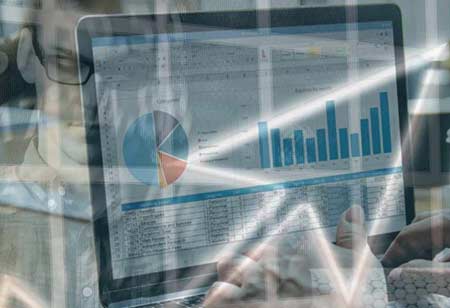If employed properly, predictive analytics may better disaster relief activities and reduce the economic toll of natural disasters.
Fremont, CA: Predictive data analytics studies historical data through potent computer models to foretell future standards. If employed properly, predictive analytics may better disaster relief processes and reduce the economic toll of natural disasters. For illustration, specialists in the US are combining satellite images with predictive analytics to improve thunderstorm warning times.
New replacements for rescue get informed by predictive data analytics
The important component of contemporary rescue procedures is mapping data. Still, data must get evaluated properly for rescuers to gain from it. The rescue workforce can study the potential hazards caused by a natural catastrophe and form better disaster management strategies with predictive analytics.
To recognize risks associated with a specific catastrophe, predictive analytics incorporates geographic data, real-time photographs, freshly developed proof, and an understanding of what rescue operators have entry to. Hence, predictive analytics utilizes a tiered method of data mapping to present rescue personnel with fast, precise data.
Since there are numerous possibly dangerous factors to consider, a multilayered analysis is critical for natural catastrophes. One element gone out of control might spell calamity.
Discovering population-based 'hotspots.'
In disaster relief measures, time is of the body as rescuers must know where people are located to perform a prompt rescue. A break in the operation can have catastrophic insinuations for the people and activate a humanitarian catastrophe. Predictive analytics is, thus, quite helpful in this case. Operators responsible for rescue operations can find people concentrations through geographic data and other data sources. So they can place the greatest group of people, civilians, close to the natural catastrophe.
Data analytics still also makes far more relevant discoveries about people. For illustration, data analytics can indicate where the ancient and disabled, who need rescue the most, are located. Rescue staff can identify the most open groups by utilizing this data. By prioritizing personnel who need help, they may make the most of their resources to establish convenient rescue efforts.
The enhanced prognosis for on-ground action
During a disaster, civilians must vacate, but where should they go? Although specific cities and municipalities may have emergency methods, not everybody can attach to them in the case of a catastrophe. Can rescuers envision where people would flee in the case of a tragedy and meet them there? This can get accomplished by employing predictive data analytics. Hence the answer is "yes."

